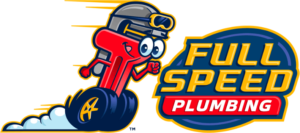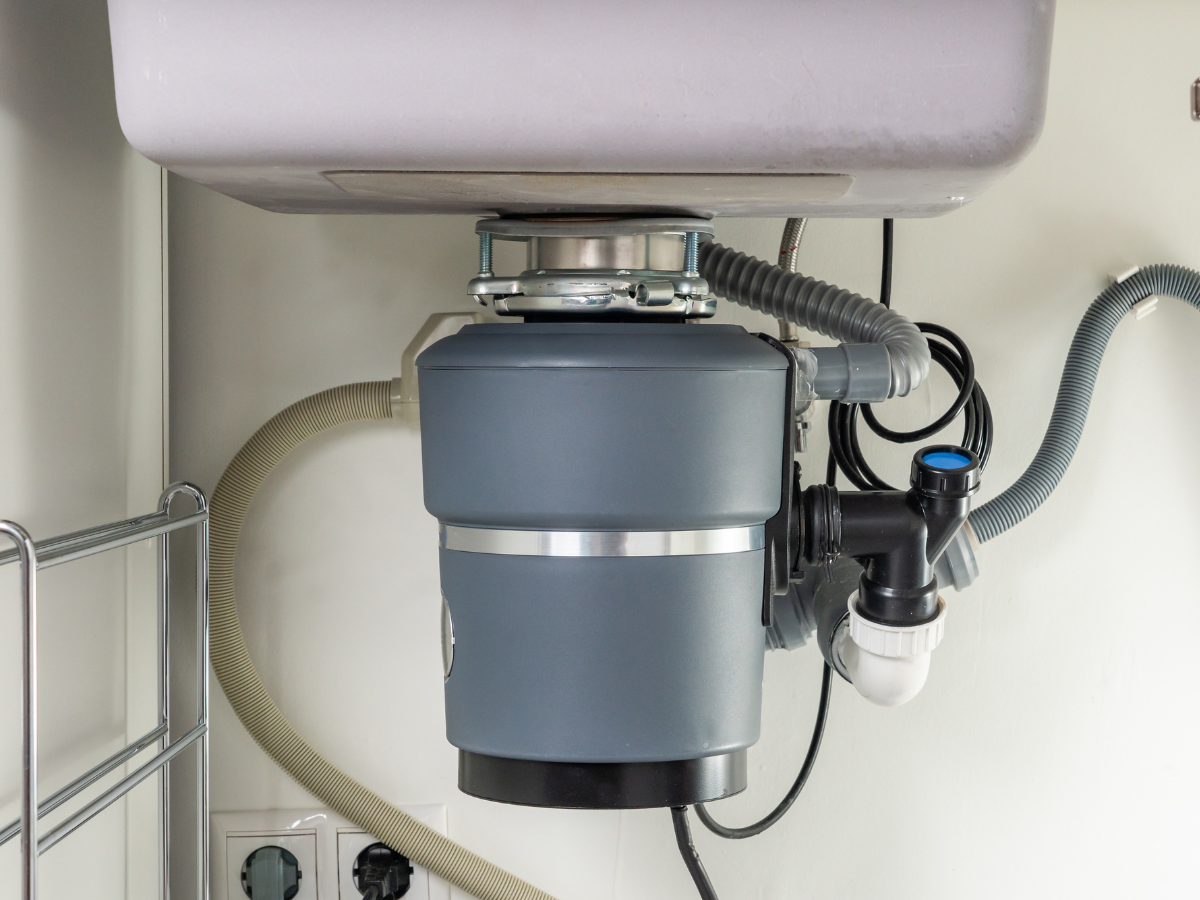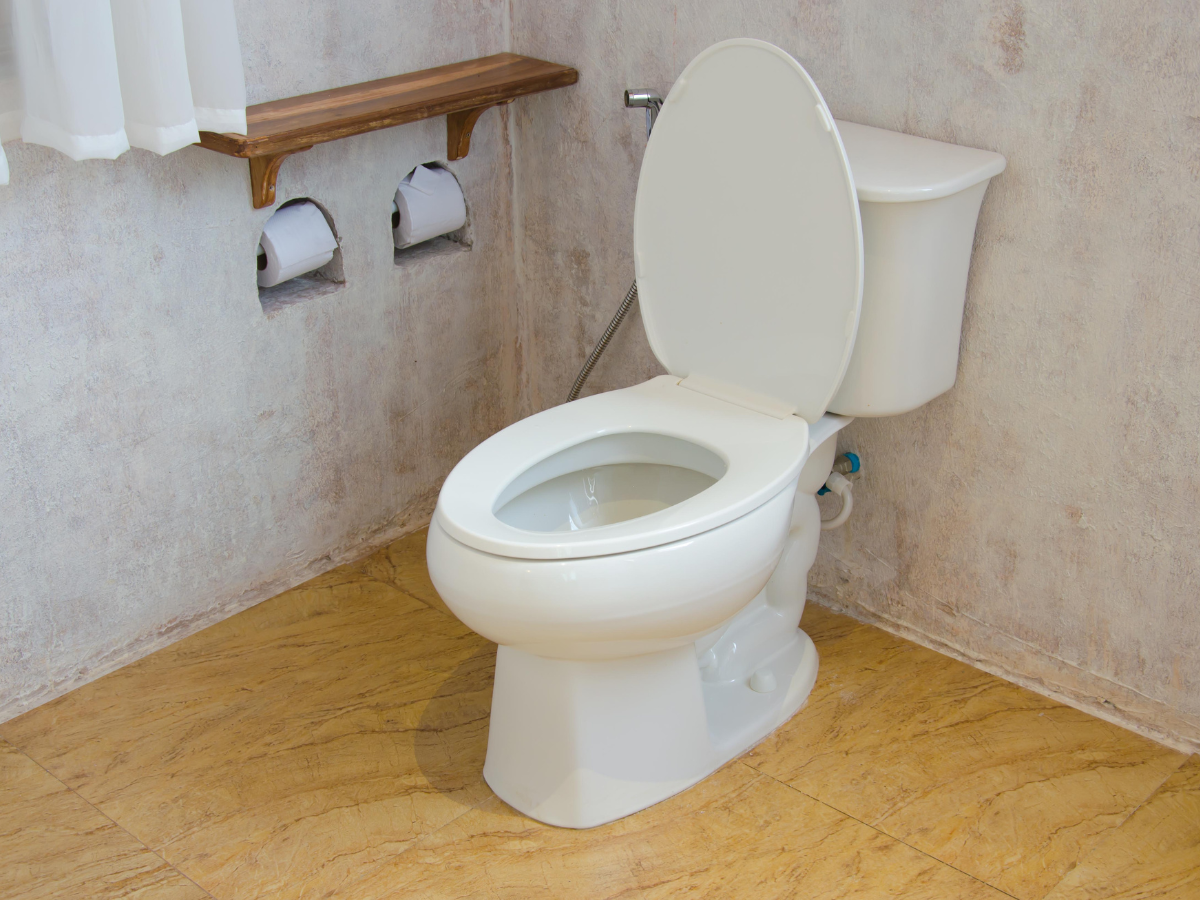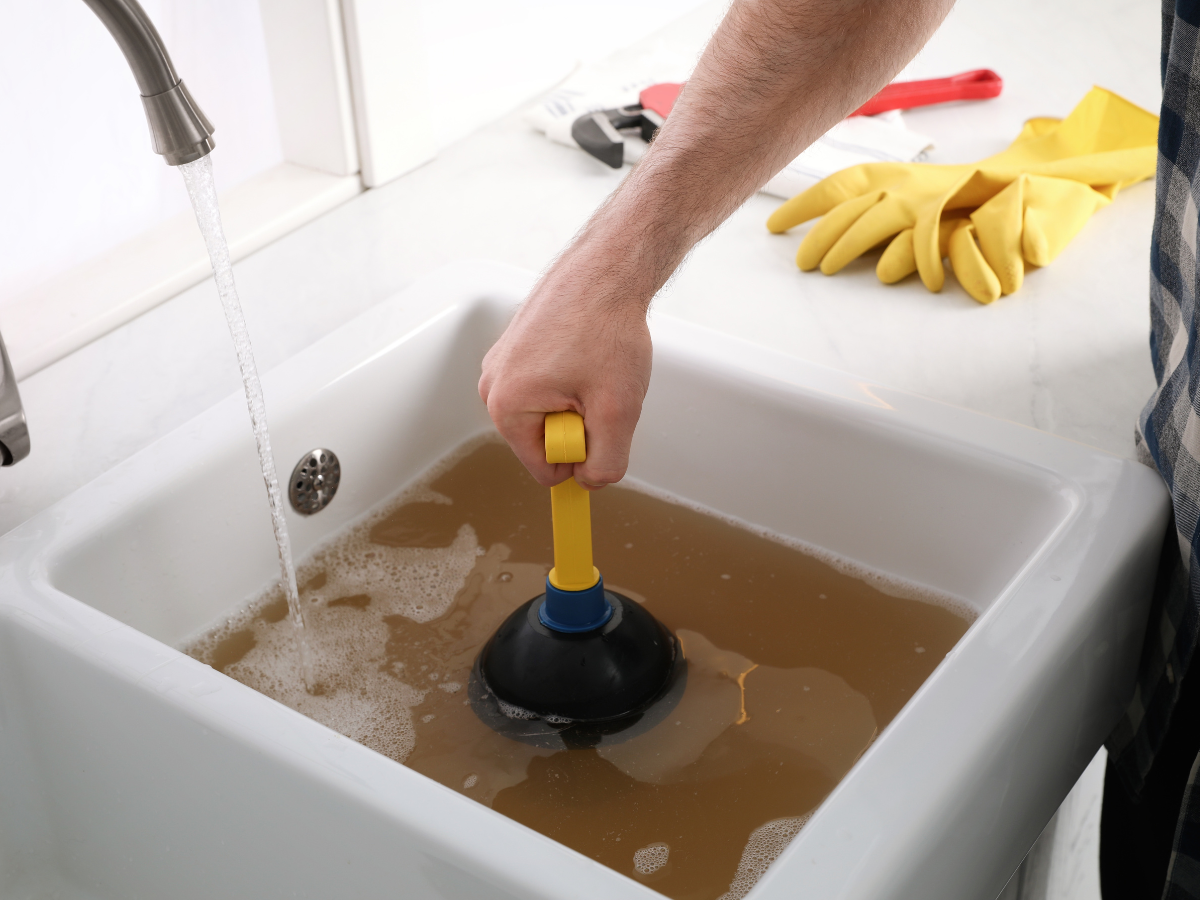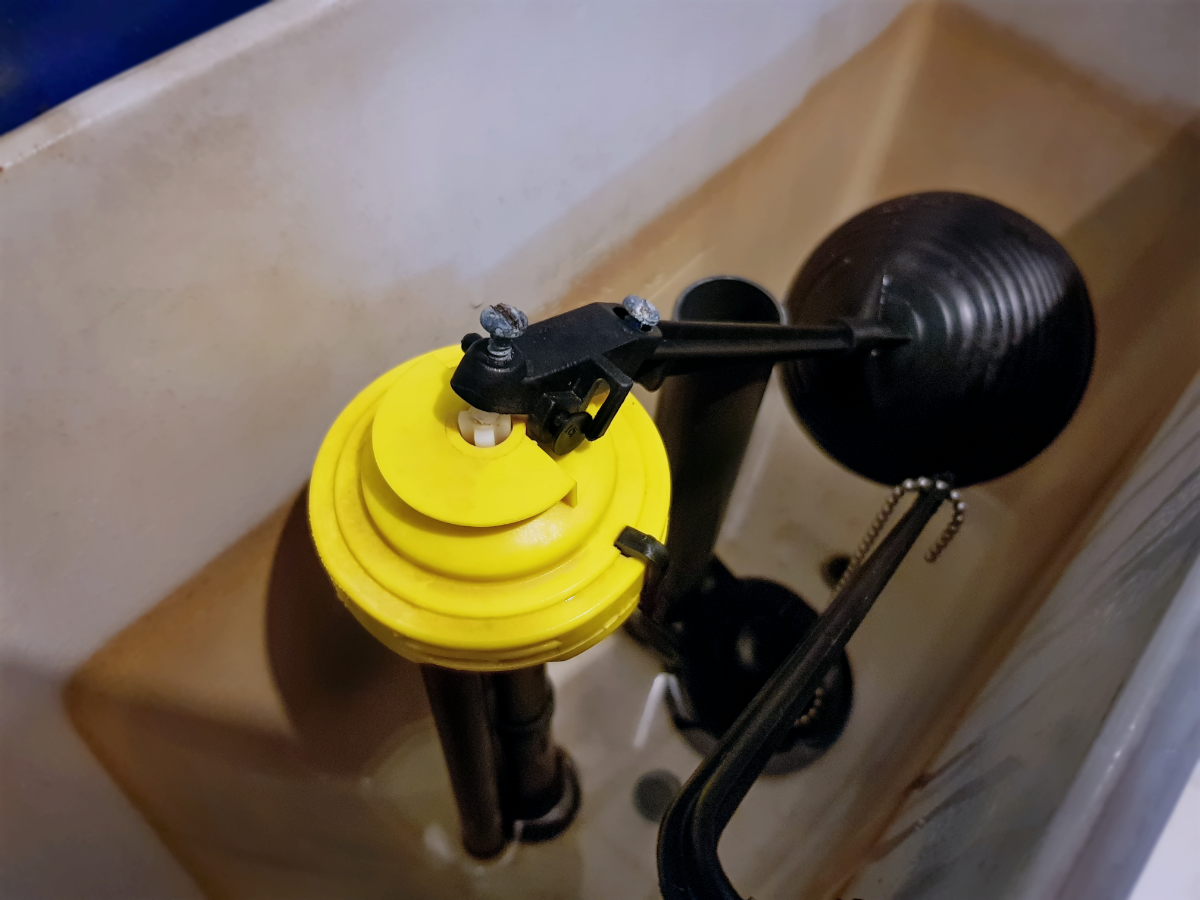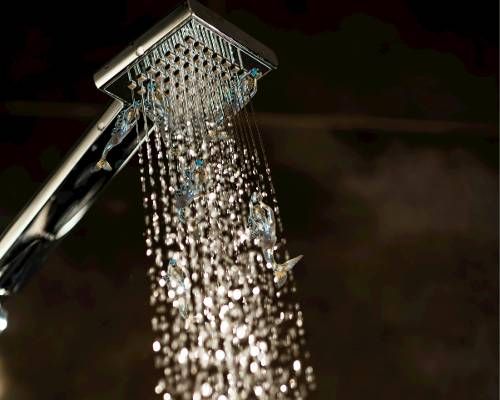What Is A Sewer Ejector Pump And How Does It Work?
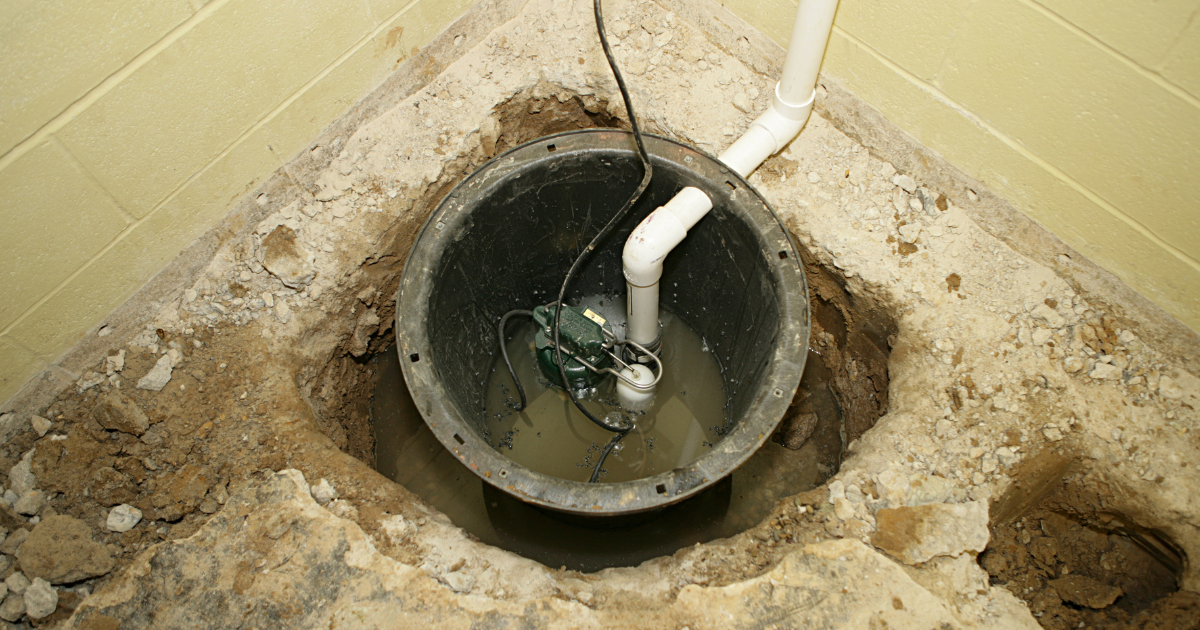
Have you ever been curious about the unsung heroes of your plumbing system?
At Full Speed Plumbing, we want to introduce you to one such vital gadget that often goes unnoticed – the sewer ejector pump. It’s your home’s key player for efficient wastewater disposal when gravity alone won’t do the trick.
Let’s dive in and unravel the mystery of how this device keeps your basement or low-level plumbing fixtures functioning seamlessly without any messy complications. Stay tuned as we demystify the workings of a sewer ejector pump!
Everything You Need to Know About Sewer Ejector Pumps
A sewer ejector pump is critical to your house’s plumbing system, particularly if you have bathrooms, laundry rooms, or any plumbing fixtures below the main sewer line grade.
This nifty device ensures that all the wastewater from these low-lying areas is effectively pumped up and out into the sewer system. As a homeowner, understanding the function of a sewer ejector pump can save you from potential flooding disasters. When wastewater enters the pump basin to a certain level, a float switch activates the pump.
Then, with professional robustness, the pump propels the wastewater upwards, merging with the main sewer line, safeguarding your home against any unsanitary backflow or floods.
By relying on a sewer ejector pump, you not only enhance the functionality of your home’s plumbing but also protect your living space from potential damage and costly repairs.
Sewer Ejector Pump Vs Sump Pump: Understanding the Distinctions
While sewer ejector sumps and sump pumps play vital roles in your home plumbing system, they serve different functions. Here’s a breakdown of their unique features and applications:
Sewer Ejector Pumps
Here are some of the key features of sewer ejector pumps:
- Waste Management: Designed to handle and transport wastewater from below-ground plumbing fixtures to the sewer line.
- Application: Ideal for homes with bathrooms or laundry rooms in the basement where the waste needs to be lifted to the main sewer line.
- Handles Solids: Can manage small solids, making it suitable for toilets and sinks.
Sump Pumps
Here’s some useful information about sump pump units:
- Water Diversion: Aimed at preventing water accumulation in basements or crawl spaces by pumping out excess groundwater.
- Application: Used in situations prone to flooding or heavy rainfall to keep lower areas of your home dry.
- Water-Only: Typically handles clear water without solids, which excludes its use with toilets or sinks.
Situation-Specific Applications: When to Use Each Type of Pump
Although they are somewhat similar, both sewer ejector and sump pumps have different applications.
- Sewer Ejector Pump: Employ a sewer ejector pump when you have plumbing fixtures below the main sewer line needing to transport both liquids and solids to the sewer.
- Sump Pump: Use a sump pump in areas that collect water (like basements or crawl spaces) to prevent water damage and flooding, especially during wet weather conditions.
Residential Scenarios Requiring a Sewer Ejector Pump
Sewer ejector pumps are indispensable in a variety of residential scenarios, especially where basements and plumbing fixtures are located below the main sewer line. Here’s a list of common applications:
- Basement Bathrooms: If you’re adding a bathroom to your basement, a sewer ejector pump will ensure that all wastewater reaches the main sewer line since gravity alone can’t do the job.
- Below-grade Laundry Rooms: Homes with laundry facilities in the basement will need a sewer ejector pump to handle the water and waste produced, preventing potential plumbing disasters.
- Sinks in Workshops or Garages: For sinks installed in lower levels or areas below the sewage line, a sewer ejector pump will be the workhorse that drives the wastewater upwards.
- Bar or Kitchenette: If your entertainment space includes a bar or kitchenette on the lower level of your home, a sewer ejector pump is crucial for properly disposing of sink and appliance waste.
- Sewage Lift Stations: In homes with a sewage lift station, a sewer ejector pump is a key component that carries waste from the home to the city sewer line or septic system.
Understanding where and why to use a sewer ejector pump can help maintain the functionality and hygiene of your home while protecting against potential flooding and costly water damage repairs.
Routine Maintenance Steps for Sewer Ejector Pumps
Maintaining a sewer ejector pump is crucial for its longevity and efficient operation. Here are some routine steps homeowners should adopt to ensure their pump stays in optimal condition:
- Regular Cleaning: Clear the pit of any debris that could clog the pump’s intake. This includes items that should not go down the drain, such as sanitary products or hard solids.
- Inspecting the Vent: Ensure the vent pipe is not blocked. A clear vent pipe is essential for proper function and to avoid negative pressure that can hinder the effectiveness of the pump.
- Checking the Valves: Test the check valve regularly to avoid any backflow of sewage into the basin, which can cause the pump to work harder and increase wear and tear.
- Float Switch Testing: Confirm that the float and the switch are functioning smoothly without any restrictions or hang-ups.
- Alarms: If your system includes an alarm, test it periodically to ensure it alerts you to any potential problems before they become serious issues.
Scheduling an Inspection with a Professional Plumber
- Regular professional inspections are paramount to the care of sewer ejector pumps. A professional can conduct a thorough examination and perform any needed maintenance or repairs, ensuring the system operates as intended.
- During these inspections, experts will also look for signs of wear, and they can make recommendations on parts that might need to be replaced soon, preventing unwanted failures.
- Professionals are also able to spot issues that a homeowner might miss, such as electrical problems or small leaks, which could lead to more significant complications down the road.
Proper care and professional oversight of your sewer ejector pump install confidence in your home’s waste management system. By sticking to these maintenance guidelines, you guard against unexpected malfunctions and contribute to the overall health of your plumbing infrastructure.
Conclusion
Understanding the distinct roles and maintenance necessities of sewer ejector pumps and sump pumps is critical for safeguarding your home against water damage and ensuring a hygienic environment. At Full Speed Plumbing in Mount Vernon, Washington, we are dedicated to providing exceptional service and expertise for your home’s plumbing needs. Don’t let plumbing issues disrupt your life.
Give us a telephone call or visit our website to schedule an inspection or service appointment. Ensure peace of mind with our experienced professionals who stand ready to optimize your home’s plumbing performance. Act now to keep your home dry, clean, and functioning efficiently with Full Speed Plumbing – where your plumbing runs at full speed!
